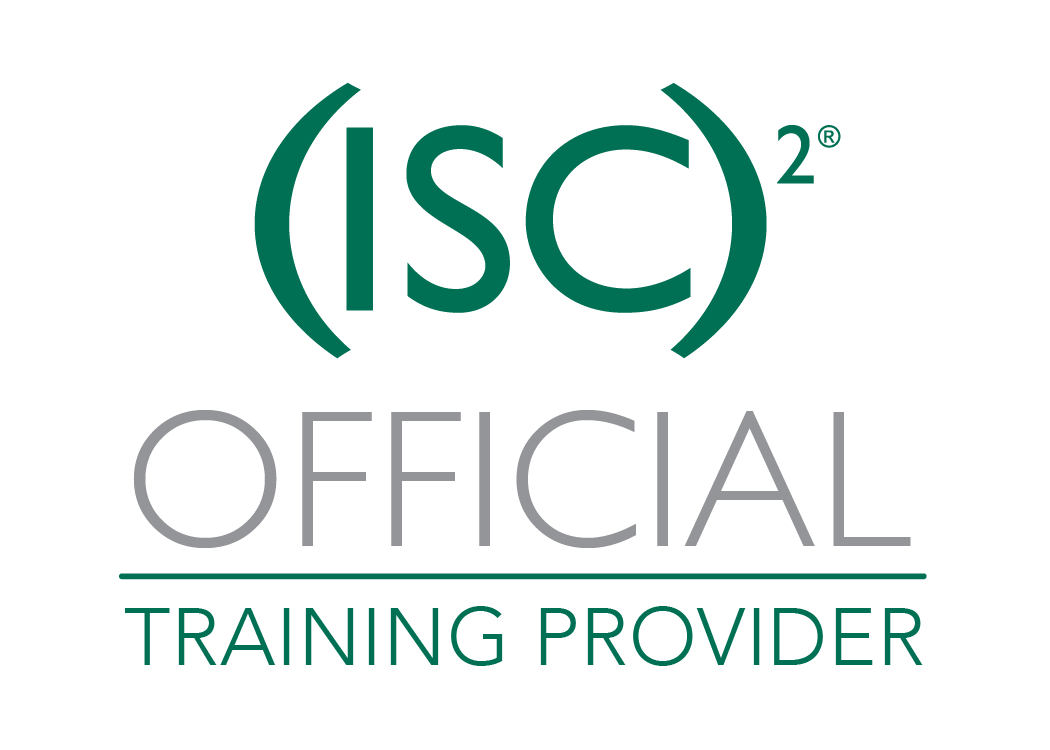Course Outline

VMware vSphere 6.7 with ESXi and vCenter
SIP1101 | Day | 5 DaysBootcamp day course times are 9am - 6pm. Bootcamp night course times are 6pm - 10pm
This powerful 5-day, class is an intensive introduction to VMware vSphere including VMware ESXi 6.7 and vCenter. Assuming no prior virtualization experience, this class starts with the basics and rapidly progresses to advanced topics. With 50% of class time is devoted to labs, students learn the skills they need to become effective vSphere administrators.
Labs start with installation and configuration of stand-alone ESXi servers and progress to shared storage, networking and centralized management. The class continues to advanced topics including resource balancing, high availability, power management, backup and recovery, performance, vCenter redundancy, VM redundancy. Disaster recovery, rapid deployment, hot migration and workload consolidation are also covered.
By the end of the class, attendees will have developed in-depth vSphere knowledge, skills, and best practices. Attendees will be able to design, implement, configure, monitor, manage and troubleshoot vSphere 6.7.

Who should take this course
System architects or others who need to design virtual infrastructure
Security specialists responsible for administering, managing, securing Virtual Infrastructure
Operators responsible for day-to-day operation of Virtual Infrastructure
Performance analysts who need to understand, provision, monitor Virtual Infrastructure
Business Continuity specialists responsible for disaster recovery and high availability
Storage administrators who work with Fibre / iSCSI SAN volumes and NAS datastores
Managers who need an unbiased understanding of virtualization before committing their organization to a virtual infrastructure deployment
Course Objectives
At the end of the course, attendees will be able to:
- Explain the many significant benefits of virtualization
- Install ESXi Server according to best practices
- Configure and manage local storage
- Create virtual switches and use pNICs to uplink virtual to physical LAN segments
- Understand and use advanced vSwitch settings like NIC Teaming and Security
- Improve network performance with Jumbo Frames
- Understand and use shared SAN storage including Fibre SAN, iSCSI SAN
- Create and use Raw Device Maps
- Define and use file share (NAS) datastores
- Install, configure and update the Platform Service Controller and vCenter Server Appliance
- Create virtual machines, install operating systems and applications
- Configure and use hotplug hardware including hot-add vCPUs and Memory
- Add and grow virtual disks including system disks and secondary volumes
- Rapidly deployment of VMs using golden-master templates
- Create clones one-time copies of virtual machine
- Perform VM cold migrations, VMotion hot migrations and Storage VMotion datastore migrations
- Configure, manage, monitor and secure users and groups
- Understand the benefits and trade offs of network attached storage and Fibre, iSCSI SANs
- Deploy and use VMware Replication to implement Virtual Machine disaster preparedness
- Create and manage load balanced Distributed Resource Scheduling clusters
- Enable, configure and use Distributed Power Management to reduce electrical power by soft powering off unneeded ESXi servers
- Understand, create and manage high availability clusters to protect against VM service loss caused by ESXi server failures
- Configure VMware Fault Tolerance to maintain VM availability in the event of an ESXi host failure
- Monitor and tune both ESXi and virtual machine performance
- Patch and update ESXi servers using vCenter Update Manager
- Understand how VMware and third party products, including operating systems, are impacted by virtualization
- Create and use Distributed Virtual Switches
- Troubleshoot common problems
Course Outline
Chapter 1 - Virtualization Infrastructure Overview
- Virtualization explained
- How VMware virtualization compares to traditional PC deployments
- Common pain points in PC Server management
- How virtualization effectively addresses common IT issues
- VMware vSphere software products
- What's New and Improved in vSphere 6.7
Chapter 2 How to Install, Configure ESXi 6.7 Update 2
Understanding ESXi
Selecting, validating and preparing your server
Storage controllers, disks and partitions
Software installation and best practices
Joining ESXi to a Domain
Local User Management and Policies
First look at the VMware vSphere Client
Chapter 3 Virtual and Physical Networking
vNetwork standard and distributed virtual Switches
Virtual Switches, Ports and Port Groups
Creating VMkernel ports
Creating, sizing and customizing Virtual Switches
Chapter 3.1 - Advanced Virtual Networking
Understand and use vSwitch Security
Five pNIC teaming strategies
Implementing Jumbo Frames
Chapter 4 Connecting to NAS Shared Storage
Benefits Shared Storage offer to Virtual Infrastructure
Shared Storage options
NFS Overview
Configuring ESXi to use NFS Shares
Configuring NFS for performance and redundancy
NFS Use Cases
Troubleshooting NFS connections
Chapter 5 Virtual Hardware and Virtual Machines
VM virtual hardware, options and limits
Sizing and creating a new VM
Assigning, modifying and removing Virtual Hardware
Working with a VMs BIOS
VMware remote console applications
Installing an OS into a VM
Driver installation and customization
Chapter 6 vCenter Server and Web Client
The need for Identity Source management
Installing the Platform Service Controller
Installing and configuring vCenter Server Appliance
Connecting Single Sign On (SSO) to Active Directory and other identity sources
vCenter feature overview and components
Organizing vCenter's inventory views
Importing ESXi hosts into vCenter management
Installing and Using the vSphere Next Generation Web Client
Chapter 7 VM Rapid Deployment using Templates, Clones
Templates - Virtual Machine Golden Master images
Creating, modifying, updating and working with Templates
Patching, and refreshing Templates
Cloning, one time copies of VMs
Best practices for cloning and templating
Adding and resizing virtual disks
Chapter 8 ESXi and vCenter Permission Model
VMware Security model
Configuring local users and groups
Managing local permissions
vCenter security model
Local, Domain and Active Directory users and groups
How permissions are applied
Chapter 9 Using Fibre and iSCSI Shared Storage
Fibre SAN overview
Identifying and using Fibre Host Bus Adapters
Scanning and Rescanning Fibre SANs
iSCSI overview
Virtual and physical iSCSI adapters
Connecting to iSCSI storage
Scanning and rescanning iSCSI SANS
Performance and redundancy considerations and best practices
Understanding the benefits of VMware VAAI compliant storage
Chapter 9.1 - Raw Device Maps
Connecting VMs directly to SAN LUNs
Physical vs. Virtual Raw Device Maps
Impact of VMotion, Storage VMotion on RDMs
Chapter 10 VMware File System (VMFS)
Unique file system properties of VMFS
Managing shared Volumes
Creating new VMFS partitions
Managing VMFS capacity with LUN spanning and LUN expansion
Native and 3rd party Multipathing with Fibre and iSCSI SANs
VMFS performance considerations
VMFS scalability and reliability
Chapter 11 ESXi and vCenter Alarms
Alarm categories and definitions
Creating custom alarms and actions
Reviewing alarms and acknowledging them
Chapter 12 Resource Management and Resource Pools
How ESXi delivers resources to VMs
Shares, Reservations and Limits
CPU resource scheduling
Memory resource scheduling
Resource Pools
Chapter 13 Consolidation with VMware Converter
vCenter Converter overview
Converting physical machines, virtual machines and OS Images
Cold migrations of physical machines to virtual machines
Hot migrations of physical machines to virtual machines
Chapter 14 VMotion Migration, Cold Migration, Storage VMotion
Cold Migrations to new ESXi hosts, datastores
Hot Migrations with VMotion
VMotion requirements and dependencies
How VMotion works detailed explanation
Troubleshooting VMotion
Storage VMotion for hot VM disk migrations
Chapter 15 Distributed Resource Scheduling Clusters
Delegated resource management with Resource Pools
Resource balanced clusters with VMware Distributed Resource Scheduler
DRS Cluster configuration and tuning
Per-VM cluster policy overrides
Learn the features and benefits of DRS Power Management
Chapter 16 Failure Recovery with High Availability Clusters
High Availability options to minimize unplanned down time
VMware High Availability clusters
VMware Fault Tolerance
Chapter 16.1 HA Fault Tolerance
Delivering zero unplanned VM down time with Fault Tolerance
Fault Tolerance Scalability improvements in vSphere 6.7
Faul Tolerance overview, features and limitations
VM FT configuration, monitoring and recovery
FT ESXi host and network compatibility requirements
Creating and administering FT compliant VMs
Chapter 17 Disaster Preparedness with vSphere Replication
Explain vSphere Replication features and Use Cases
Import the vSphere Replication virtual appliance
Configure vSphere Replication including Recovery Point Objectives (RPOs)
Enable vSphere Replication on a VM
Recover a VM using vSphere Replication
Chapter 18 Patch Management with VMware Update Manager
Configure and enable VMware Update Manager
Establishing a patch baseline
Verifying compliance and patching ESXi hosts
Chapter 19 Managing Scalability and Performance
VMkernel CPU and memory resource management mechanisms
Tuning VM storage I/O performance
Identifying and resolving resource contention
Monitoring VM and ESXi host performance
Performance and capacity planning strategies
Chapter 20 - Distributed Virtual Switches
Understanding, creating and administering vNetwork Distributed Switches
Migrating Standard vSwitch configurations to dvSwitches
Adding ESXi hosts to dvSwitches
© 2018 Advanced Technology Group, Inc.
ITIL® is a registered trade mark of AXELOS Limited, used under permission of AXELOS Limited. The Swirl logo™ is a trade mark of AXELOS Limited, used under permission of AXELOS Limited. All rights reserved.
All trade-marked logos and brand names are property of their respective owners, used under permission. All rights reserved.























